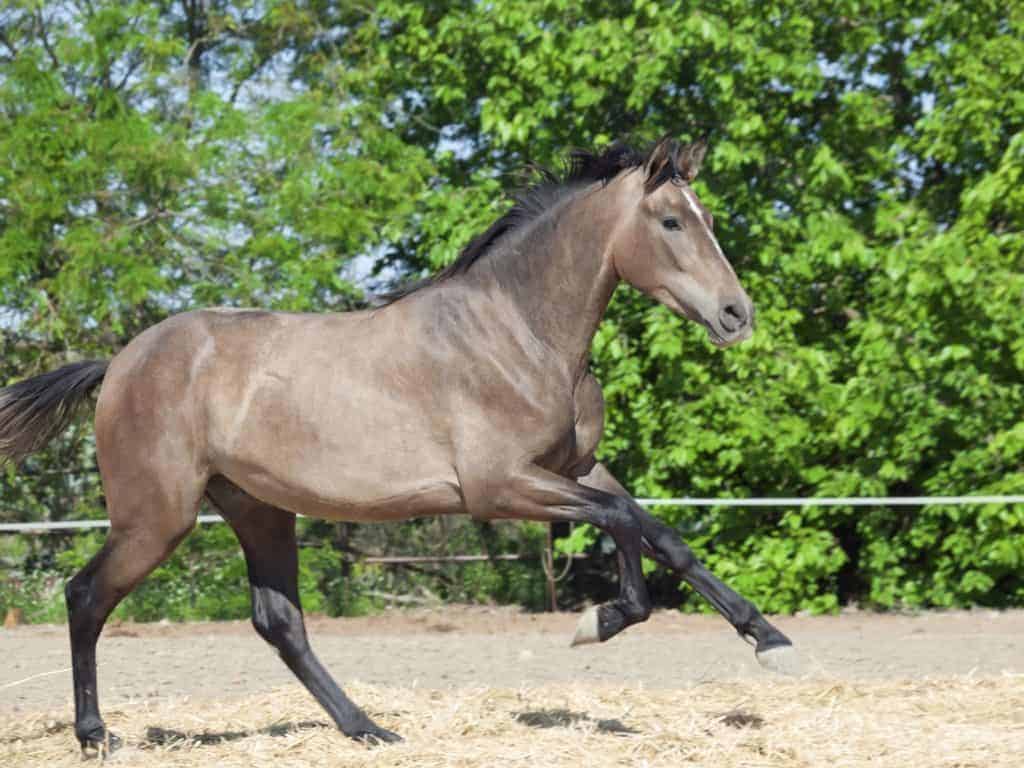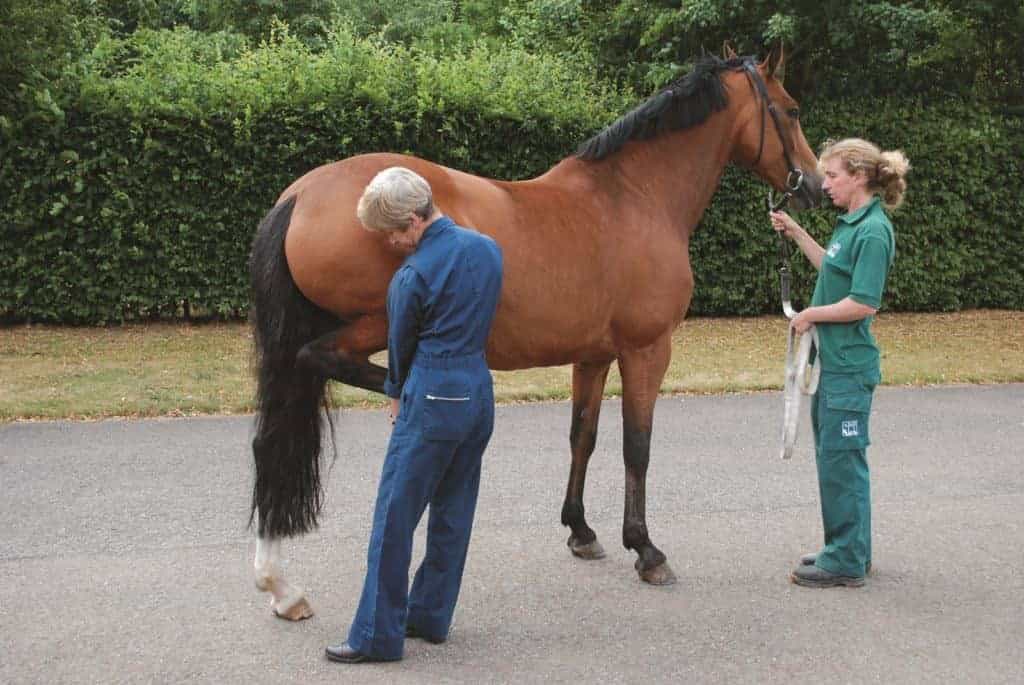
The Perfect Fit
Finding the right saddle for your horse is a mix of high-tech and hands-on approaches.

Finding the right saddle for your horse is a mix of high-tech and hands-on approaches.

Like any equine athlete, therapy horses require specialized training, care, and management.

Just over half of the respondents in this week’s poll said they have had a saddle professionally fitted.

Jochen Schleese, founder of Schleese Saddlery, shows what behaviors tell you that your saddle hurts your horse and discusses how a saddle should fit.

It’s time to take a step back and review the specialized structure and function of the equine body.

On a quest for the perfect saddle and the best fit? Here are a few words of advice from veterinarians.

The Animal Health Trust orthopedics team performs cutting-edge research of equine anatomy and function.

How a horse stands during X rays might influence how vets interpret images when diagnosing kissing spines.

Researchers are learning how different pads stack up for keeping our horses happy and healthy under saddle.

A cut-out patterned English appeared to have multiple benefits when compared to not using a pad.

A recently published French study suggests a horse’s neck posture might indicate correlating back pain.

Neurologic signs, weakness, gait changes, and forelimb lameness can all point to an equine neck condition.

A new, minimally invasive kissing spines treatment method boasted a 95% success rate in a recent study.

Zoledronate appears effective in improving clinical signs associated with bone fragility disorder.

Exercising the multifidus muscles in addition to daily training could reduce equine back pain.
The first discussion, which will cover sacroiliac pain in horses, is scheduled for Aug. 6 at 6:30 p.m.
Stay on top of the most recent Horse Health news with
"*" indicates required fields